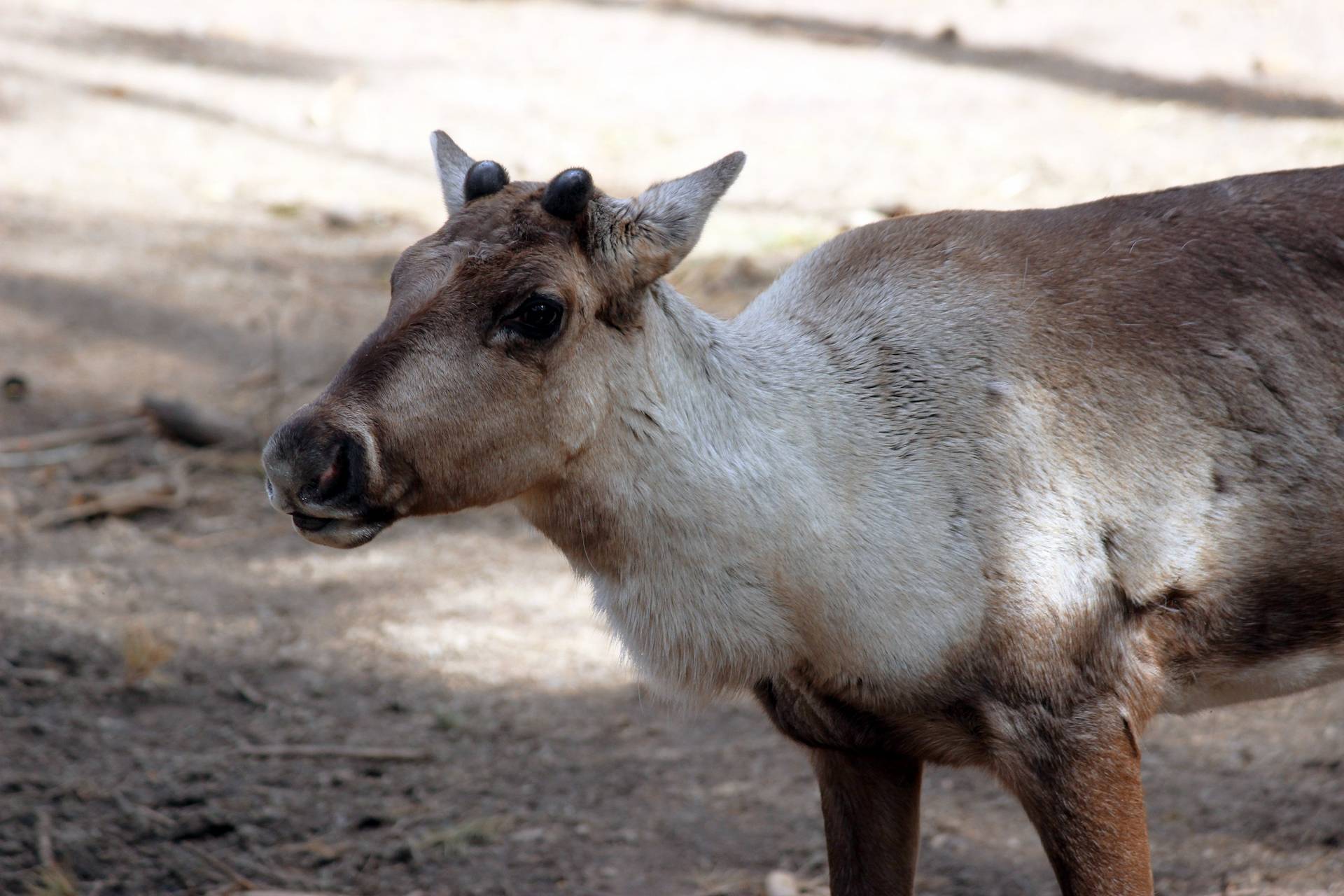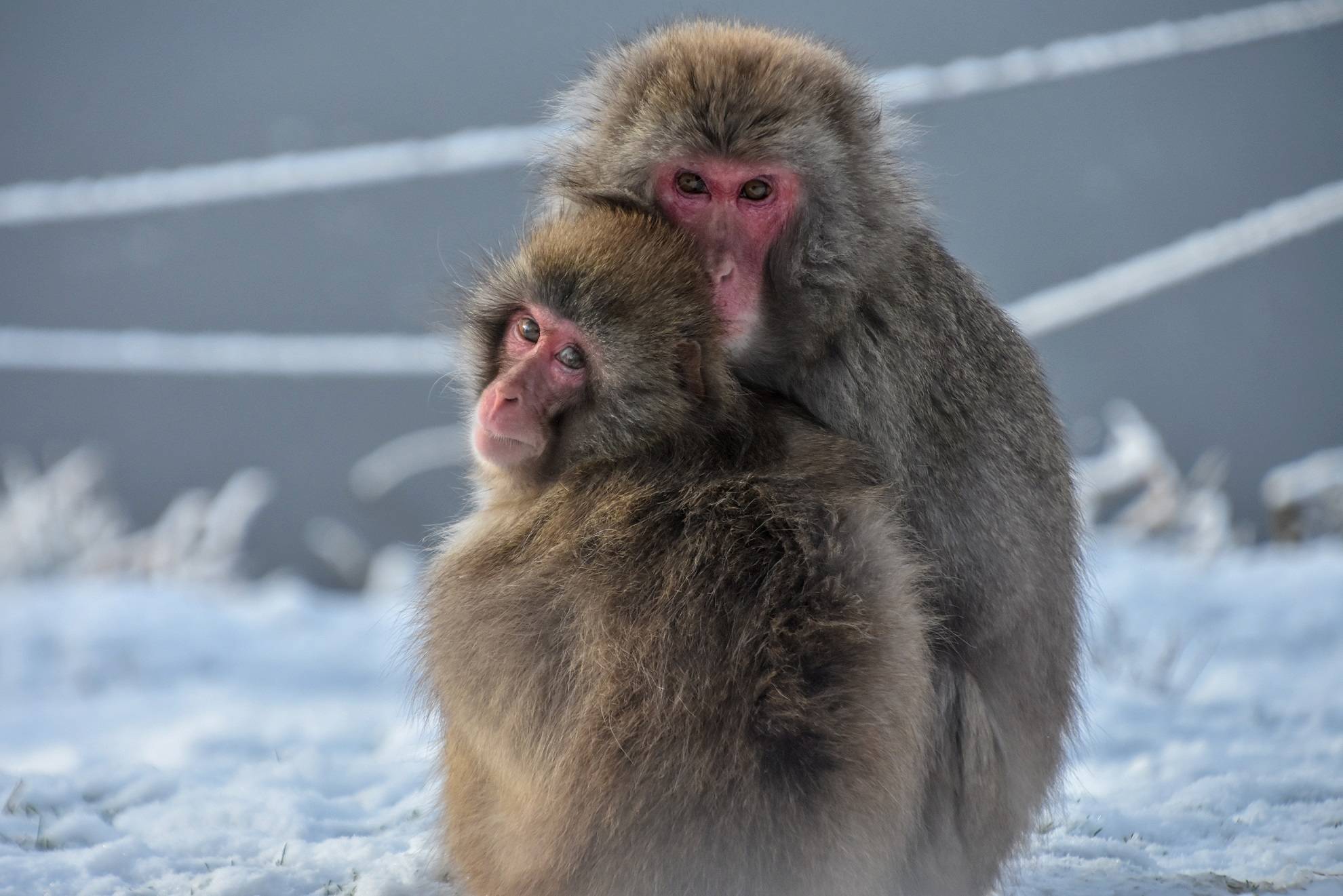European forest reindeer
Rangifer taranus fennicus

There are four European forest reindeer here at Highland Wildlife Park - Sven, Freya and their daughters Lumi and Kesä.
European forest reindeer are a subspecies of reindeer that inhabit the forests of Scandinavia and Russia. They are larger than their tundra relatives and possess darker coats. Forest reindeer are well adapted to forest environments, consuming lichens, grasses and leaves.
Their numbers have declined due to habitat loss and hunting, but ongoing conservation efforts are aiding their recovery.
Population
Stable
Diet
Herbivore
Habitat
Forest
Fact file
Like other reindeer, European forest reindeer, eyes change colour with the seasons. In winter, they become bluer to help them see in low light conditions. They can even see ultraviolet light, which helps them to find food during the winter
They have an amazing sense of smell and can find lichens hidden under the snow, which is their favourite winter snack
They have tendons in their knees that make a clicking sound when they walk. This helps them stay together in dense forests even when they can't see each other!
They are fast runners and strong swimmers, allowing them to cross rivers and lakes
![Reindeer with large antlers looking to the left [portrait] IMAGE: Alyson Houston 2020](https://images.rzss.org.uk/media/Highland_Wildlife_Park/HWP_animals/European_forest_reindeer/european_forest_reindeer_3.jpg)
How we're helping
Like all the animals in our care, our reindeer are amazing ambassadors for their relatives in the wild and help hundreds of thousands of people connect with nature every year. They encourage visitors to learn about the threats facing wildlife and the action they can take to help create a world where nature is protected, valued, and loved.
As a wildlife conservation charity, we care for the animals here at the park and work to protect species at risk around the world. From providing expertise in genetics and veterinary health to protecting wild places with local conservation partners, and even restoring threatened species to the wild, we are active where we are needed most.
Find out more about RZSS conservation
